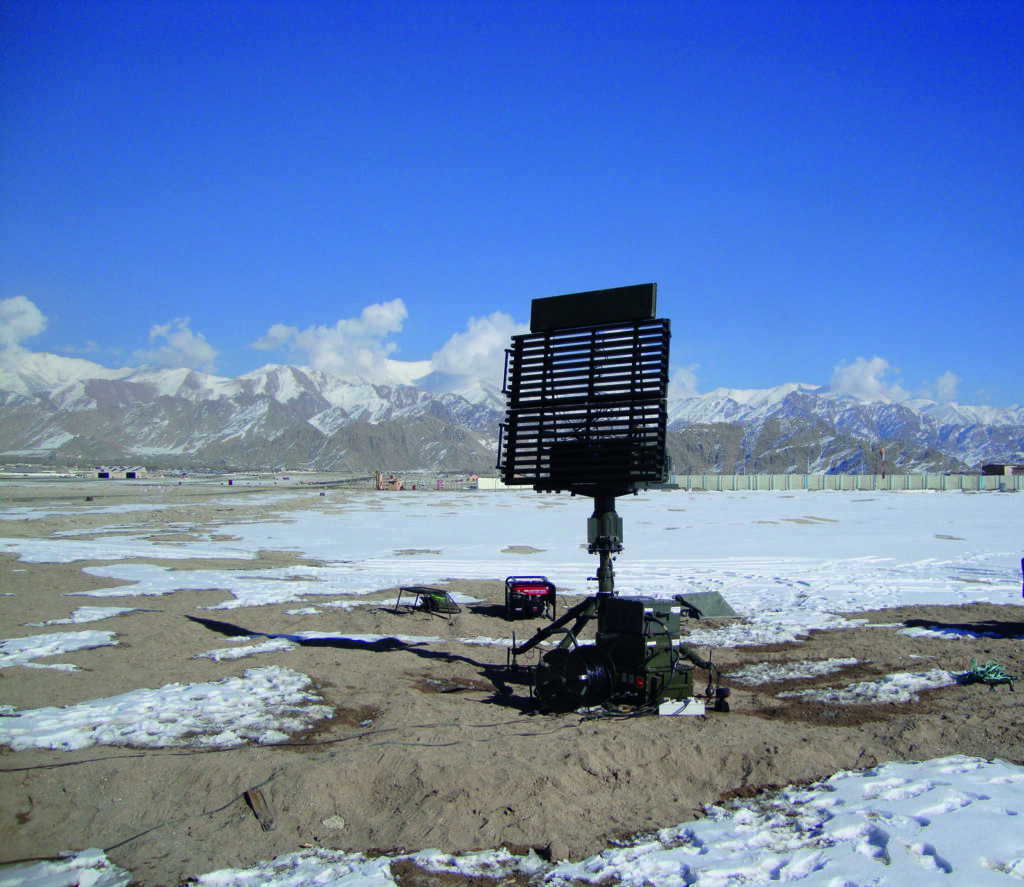The Indian Army plans to acquire a modern lightweight low-level radar to strengthen its threat detection capabilities along the country’s border with China.
A potential part of the “Make in India” project, the new equipment would help Indian armed forces detect and identify enemy aircraft in areas where surveillance is restricted because of mountainous terrain. India’s Line of Actual Control includes terrain that provides easy entry for enemy helicopters and drones flying at low altitudes.
The army said it would procure a 3D active electronically scanned array radar with a maximum range of 50 kilometers (31 miles). The device, included on a list of weapons and systems that cannot be imported, will be produced in partnership with various defense industries in India.
The Defence Research and Development Organisation already has a lightweight low-level radar, the Aslesha Mk-I. It has been commissioned by the air force for ground-based surveillance at high altitudes.
However, the army has reportedly decided not to order the same equipment because the requirements are different.
‘Facing a New Threat’
The new threat detection equipment that India is planning to procure could be useful on the country’s northern and eastern borders with China, especially amid increased tensions with Beijing.
The device could also bolster India’s defense capabilities against Pakistan, which recently commissioned a Chinese-made HQ-9 surface-to-air missile system said to be deployed along the Line of Control between India and Pakistan.
The HQ-9 is a medium to long-range, active radar homing missile system that utilizes an HT-233 passive electronically scanned array radar system and has a maximum detection range of 120 kilometers (74 miles).
The recent collaboration between China and Pakistan reportedly poses a fresh threat to India, which has long faced the threat of a two-front war.



